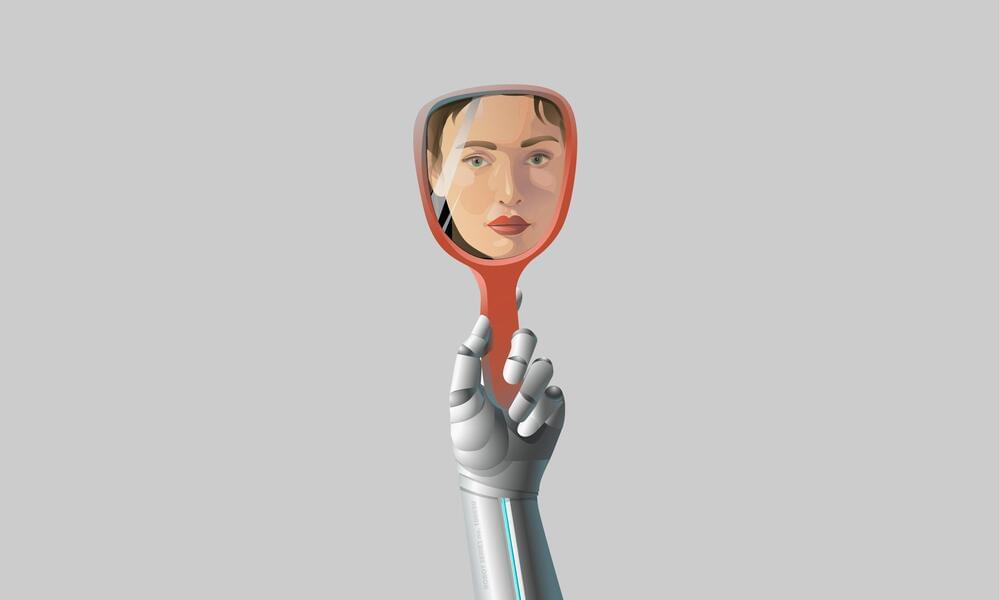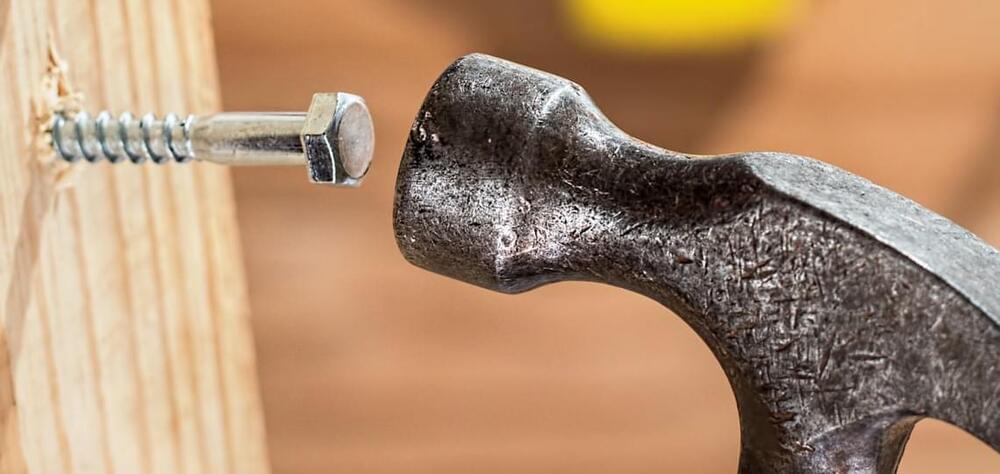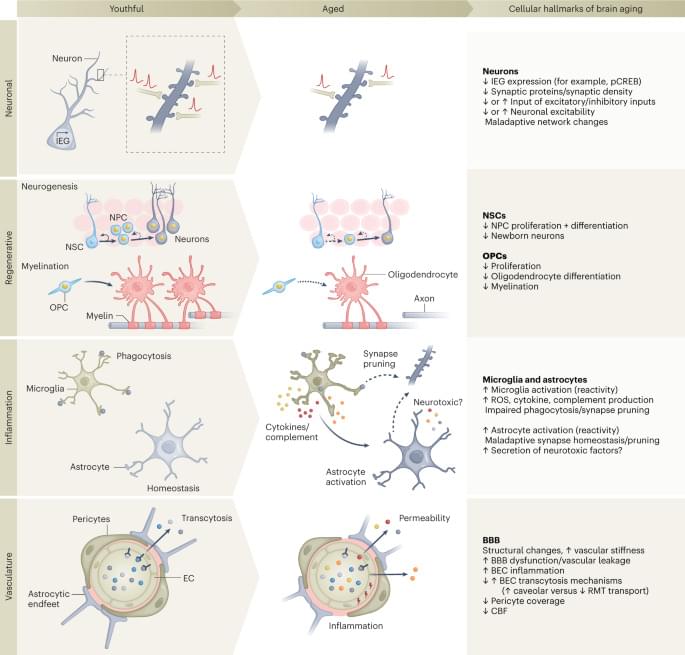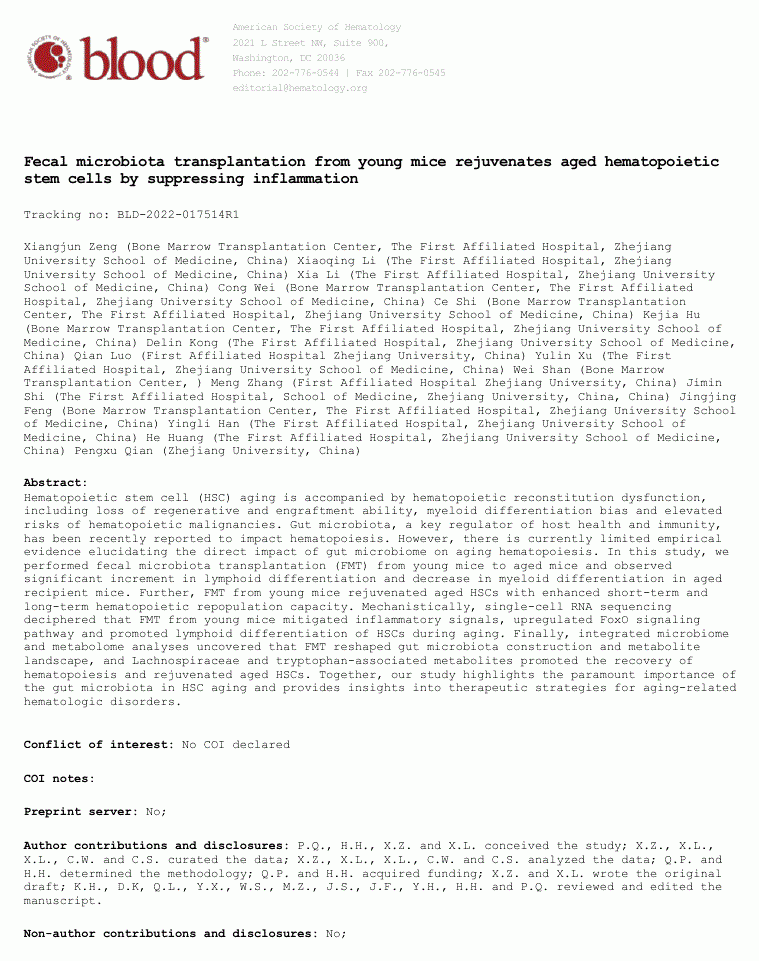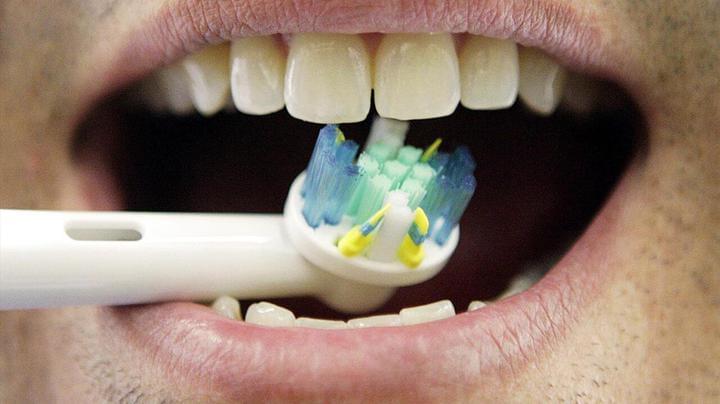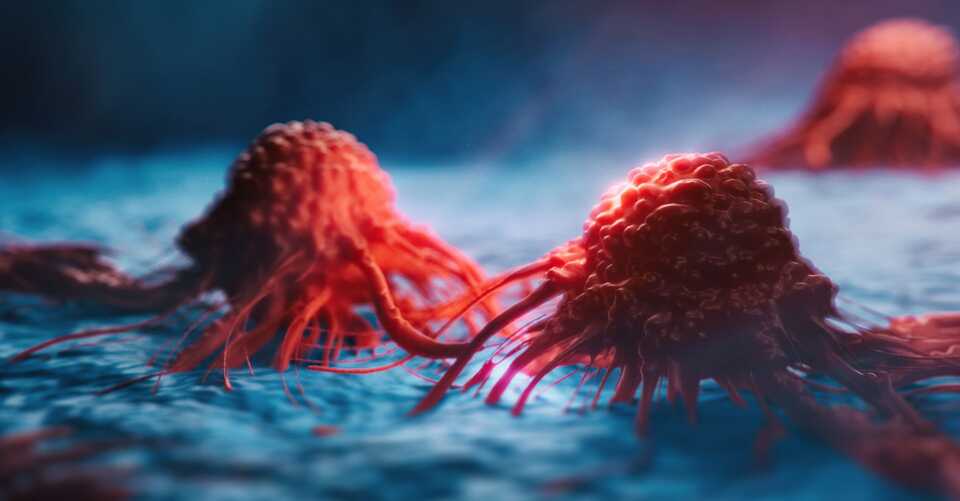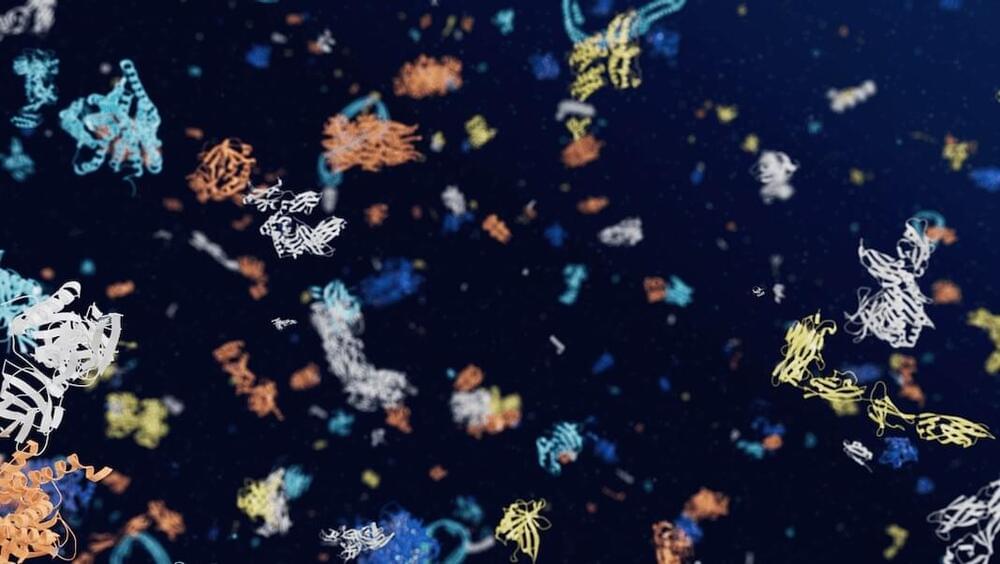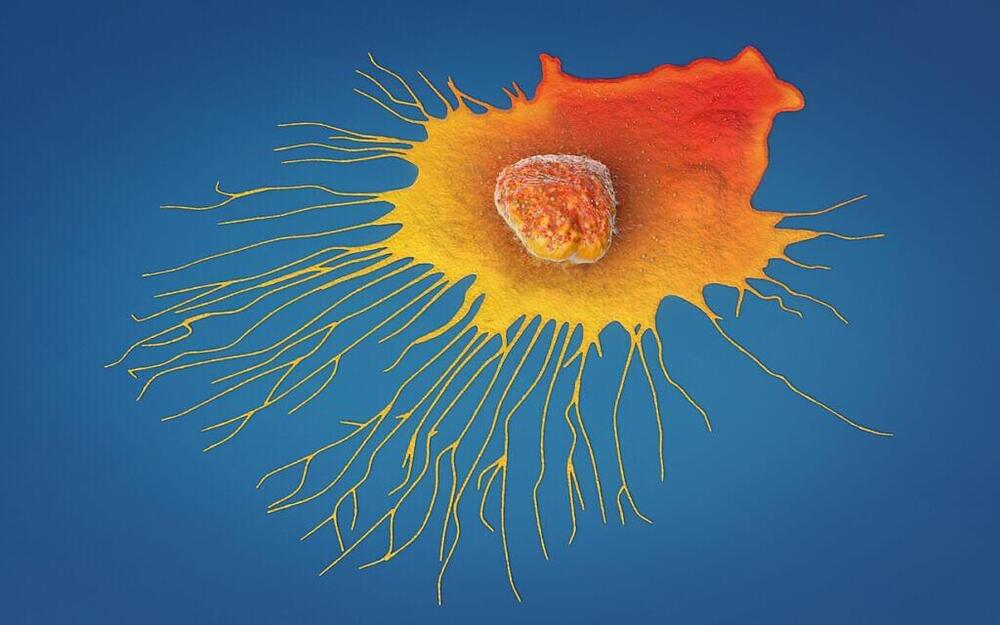Computers and information technologies were once hailed as a revolution in education. Their benefits are undeniable. They can provide students with far more information than a mere textbook. They can make educational resources more flexible, tailored to individual needs, and they can render interactions between students, parents, and teachers fast and convenient. And what would schools have done during the pandemic lockdowns without video conferencing?
The advent of AI chatbots and large language models such as OpenAI’s ChatGPT, launched last November, create even more new opportunities. They can give students practice questions and answers as well as feedback, and assess their work, lightening the load on teachers. Their interactive nature is more motivating to students than the imprecise and often confusing information dumps elicited by Google searches, and they can address specific questions.
The algorithm has no sense that “love” and “embrace” are semantically related.
